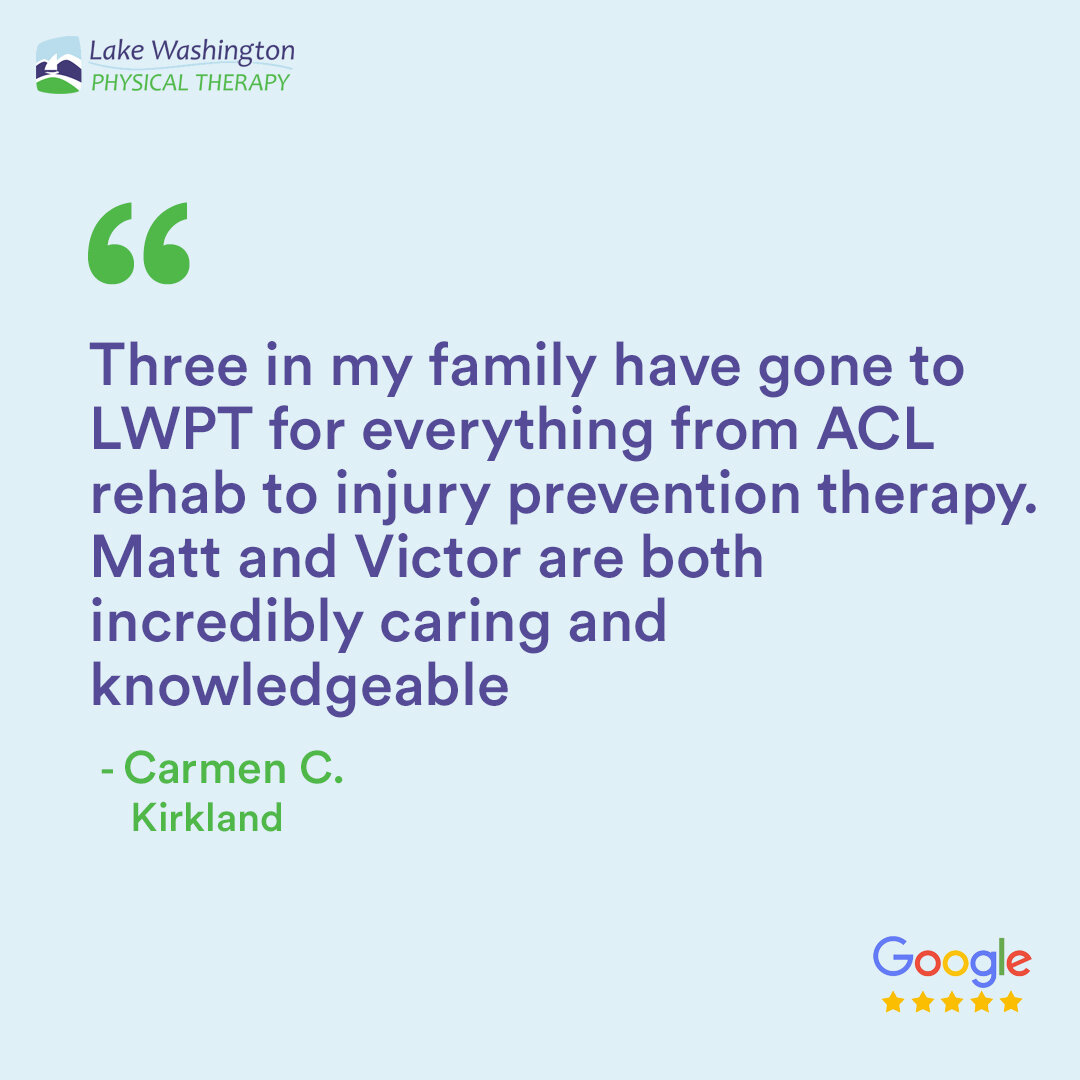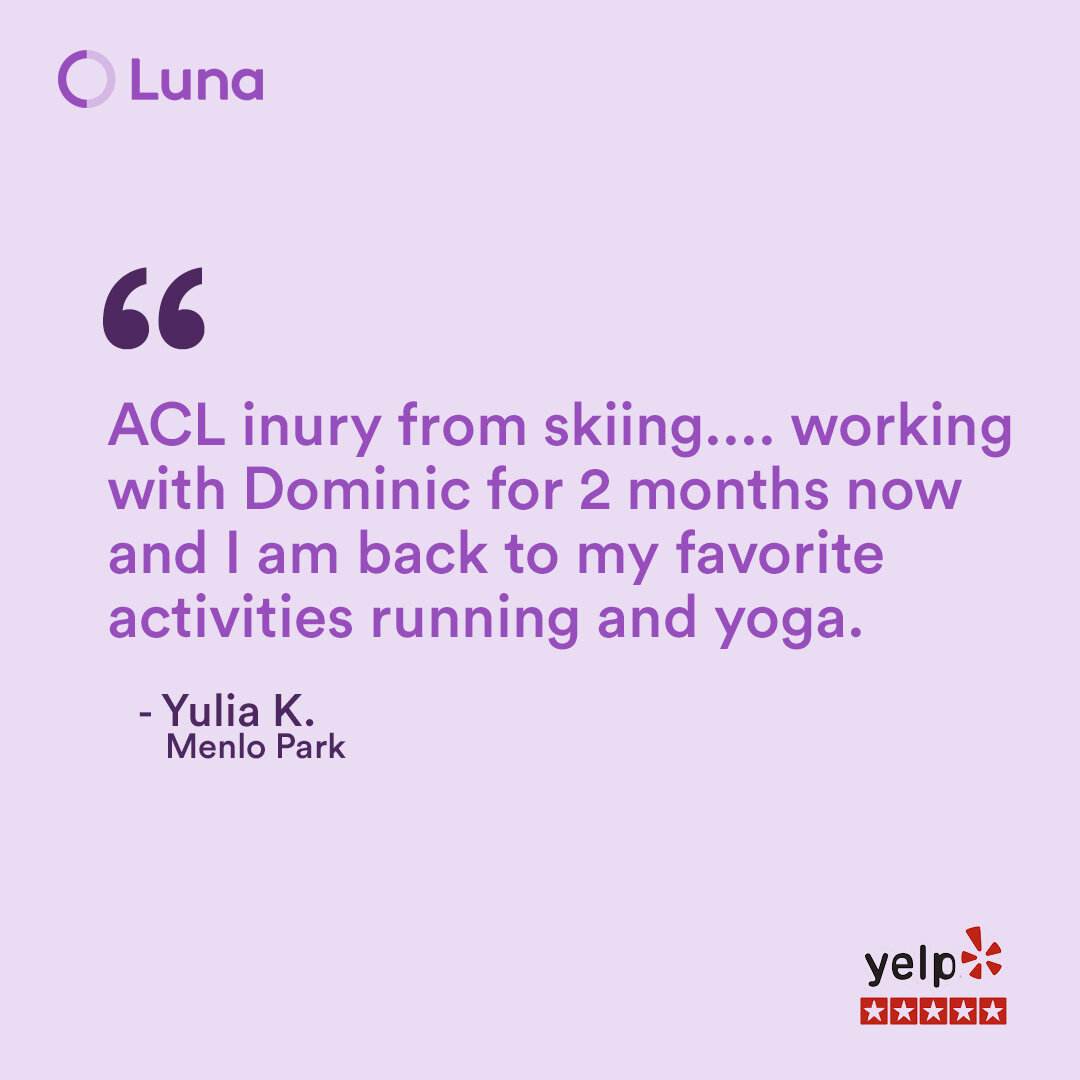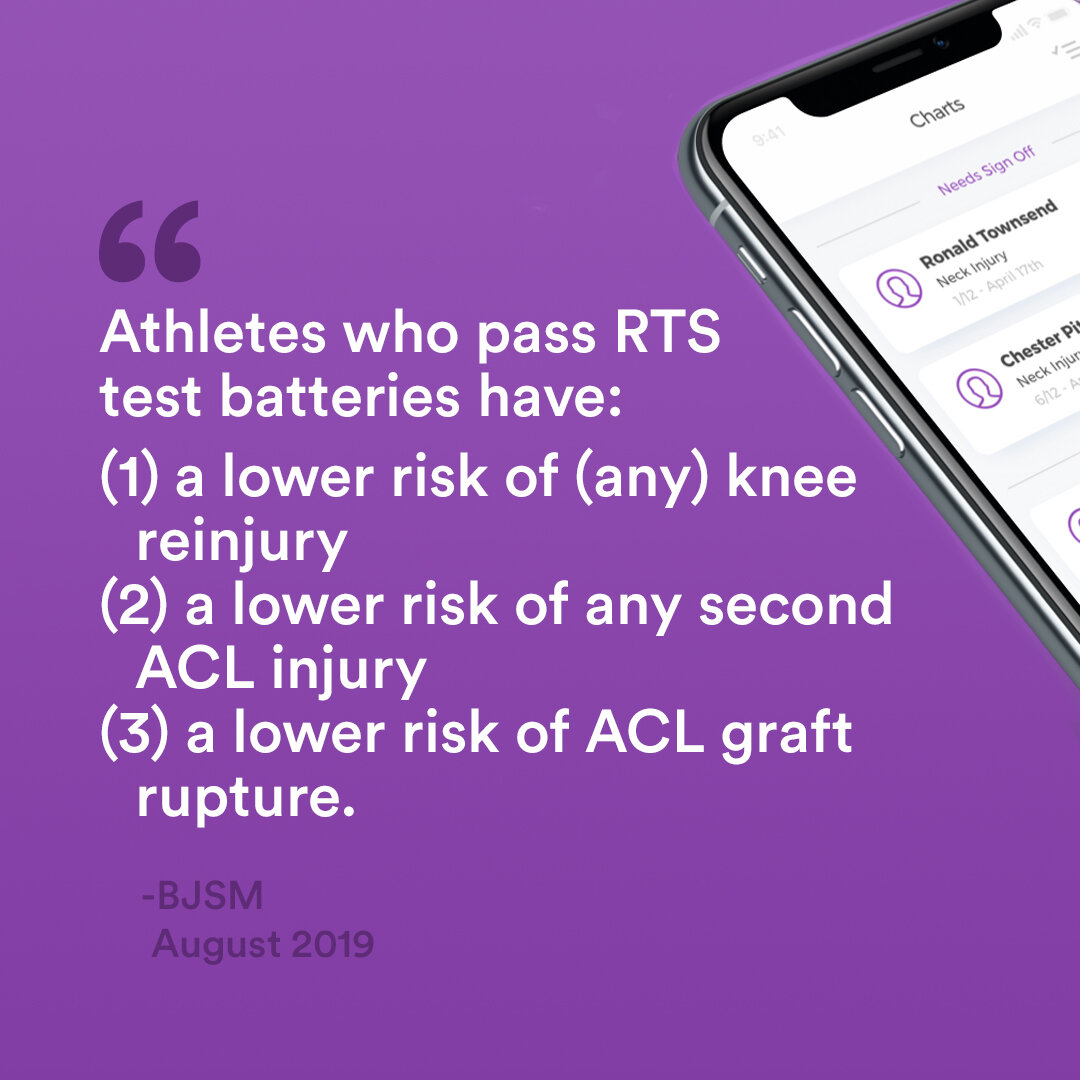You better check yourself before you wreck yourself….
Passing return to play criteria can help decrease future knee re-injury risk and help return you to your prior level of activity.
How do we know when it’s safe to return to sport or activity after ACL reconstruction surgery and not be at risk for another knee injury? Are you strong enough, agile enough, have enough motor control and coordinated to return to play (RTP)? These questions have beleaguered medical professionals for some time. In the past RTP criteria was guided by pain and time out from surgery. Luckily, quality research is beginning to illuminate the answers to some of these questions and helping to define what athletes need to have to go back to their sport safely and successfully.
Returning to sport, especially high-level sports at the same competitive level, after ACL tear can be challenging. Recent research of 7000 subjects, after having their ACL repaired, showed 65% of participants returned to their previous level of sport while only 55% returned to competitive sports (Ardern et al, BJSM, 2013). Re-tear rates of the same surgically repaired knee or the opposite knee are surprisingly common after an athlete has returned to their sport. Research shows these rates can vary from 3-35% (Dekker et al., 2017, Krytsis et al, 2016, Grindem et al., 2016). This can be devastating for athlete’s who have completed several months of rehabilitation to get back to their sport. Subsequent knee re-injury can also increase your possibility of further knee joint damage. Current research shows meeting testing criteria for quads, hamstrings, and glute muscles strength as well as agility, power, balance and confidence are extremely important. Research validated strength and agility testing should be administered to identify if an athlete is ready to RTP.
Krytsis et al (2016) looked at similar RTP criteria but added a timed agility T test to strength and single leg hop testing. They looked at 158 athletes. All athletes returned to their previous level of competitive sport at approximately 8 months post-op. 16.5% (26) of athletes reinjured their ACL’s. Of the 16.5% who re-injured, 65% (17) of them re-injured within 6 months of returning to play. Additionally, 11% injured their opposite ACL. Of the 158 athletes, 33% chose to return to play without meeting RTP criteria and all subsequently re-injured their ACL’s. Only 10% who did meet RTP criteria re-injured their ACL’s.
Grindem et al (2016) studied 106 competitive athletes who had recent ACLR and evaluated if they had 10% quad strength compared to their uninjured side and if they could pass 4 single leg hop tests prior to RTP. The results were surprising. 38% of the 106 athletes, who returned to play without passing test criteria, re-injured their ACL’s while only 5% who did pass RTP criteria re-injured their ACL. The authors of this study also reported that of the athletes who re-injured their ACL’s, 39% did so by returning to play before 9 months post surgery compared to only 19% who waited to return to play until after 9 months post-op. Further, 4 athletes in this study returned to play within 5 months of surgery against medical advice. All 4 athletes subsequently re-injured their ACL’s within 2 months of return to play!
“Only 13.9% of athletes met both criteria to return to sport. Eighty percent of athletes did not meet strength criteria and only 50% met hop test criteria. Overall, only 66.1% of athletes returned to or exceeded their prior sport activity level after ACLR at 1 year after RTP clearance. However, if the athletes met and passed both strength and hop test criteria, 81.3% were able to maintain their prior level of sports participation at one year after being cleared to play. ”
Lastly, recent research from the Journal of Sports Physical Therapy by Toole et al (2017) looked at 115 athletes averaging 17 years of age at 8.2 months after ACLR surgery who were cleared to return to sport. The researchers measured quadriceps to hamstring strength ratios and hop test performance. They also examined if meeting specific return to sport criteria equated to maintaining the same level of sports participation a year after RTP clearance. The findings were alarming.
In summary, the above articles suggest passing these test criteria to lower your chance of re-injury and for returning to your prior level of sport before surgery.
These are:
1. Quad strength is within 10% of the un-injured side (Grindem et al, 2016, Toole et al, 2017, Krytsis et al., 2016)
In general quad to ham strength ratio should be 1.5:1
2. No more than 10% difference in single leg hop tests compared to the un-injured side (Grindem et al, 2016, Toole et al, 2017) and finishing a timed agility T-test in under 11 seconds (Krytsis et al, 2016).
3. Waiting to return to play 9< months after surgery (Krytsis et al, 2016, Grindem, et al, 2016)



Other research shows the benefits of meeting and passing other evidence based return to play criteria before being cleared to play. These being the Vail Sports Test (Garrison et al., IJSPT, 2012), anterior reach tests (Garrison et al., IJSPT, 2012), and having high scores on self-reported knee function and confidence measure tests IKDC (Burland et al, 2018 and Edwards et al, 2018).
At Lake Washington Physical Therapy, our staff is committed to coordinating with your surgeon to return you from crutches to making full speed cuts, jumps and ski turns as safe and ready as possible. We have developed a researched based Return to Play Report Card that will be given to you and your surgeon to keep track of your progress.
Lake Washington Physical Therapy ACLR return to sport criteria
· Surgically repaired leg muscle strength within <10% of non-surgical leg (quads, hamstrings, glute muscles)
· Less than 2 cm mid thigh muscle girth difference
· Pass Vail Sports Test
· Pass Hop tests
· Pass Running Mechanics Assessment
· Pass Movement Quality Assessment




